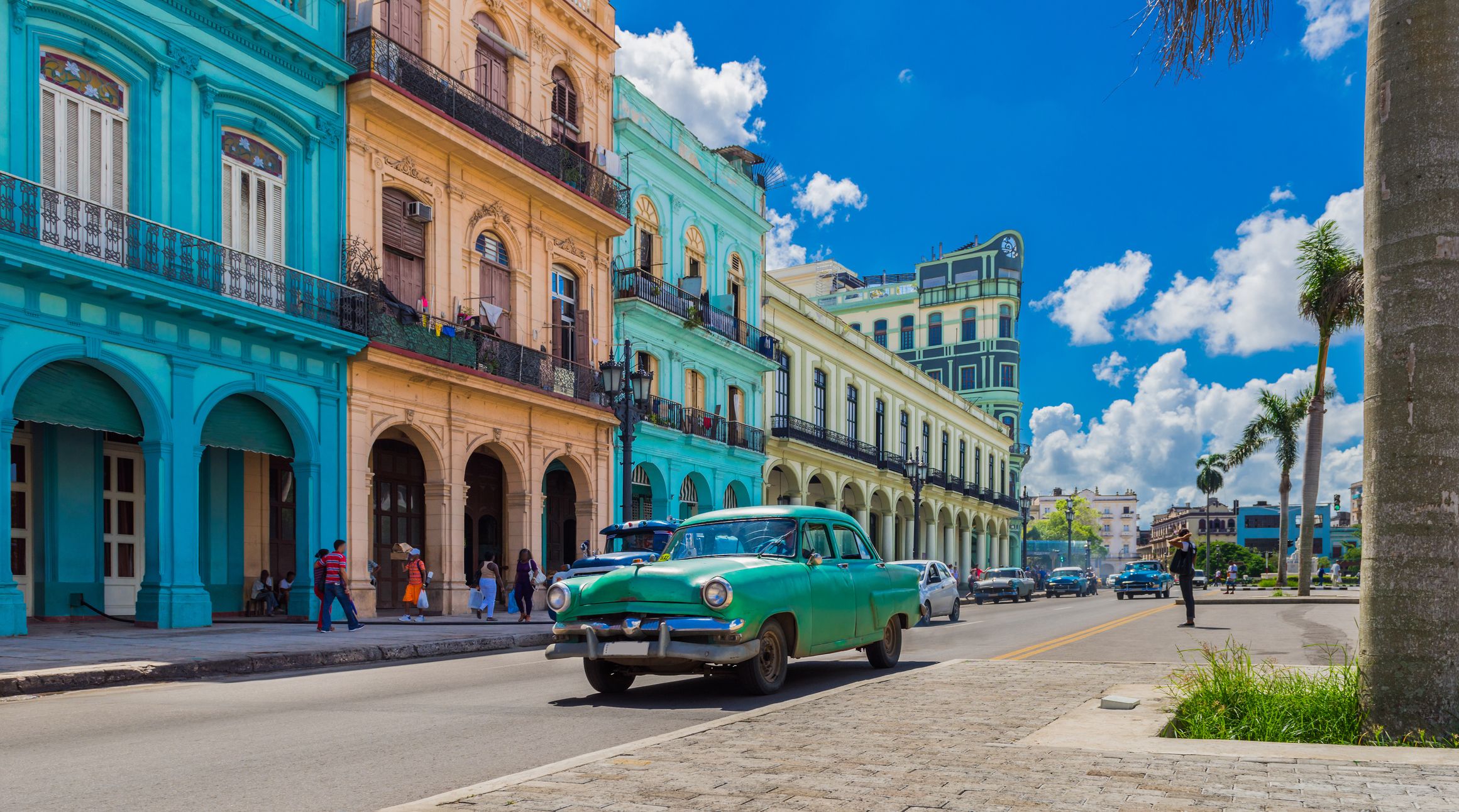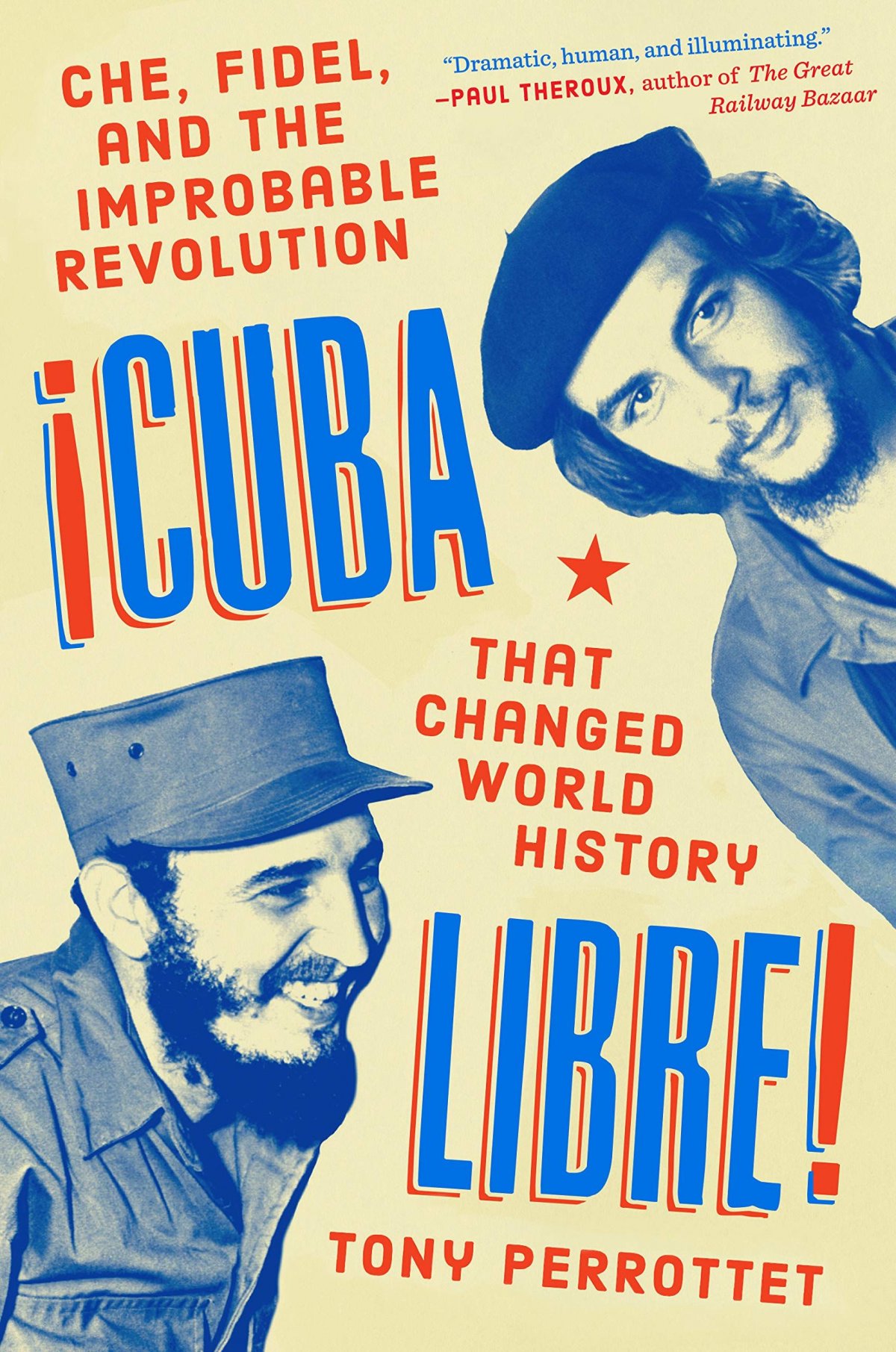
Havana is a city of promiscuous beauty—like Sydney or Rio de Janeiro, many of its physical charms are available to anyone who arrives with an iced daiquiri in hand. It's one of Latin America's classic travel rites, for example, to hire a lipstick-red 1957 Buick convertible to drive along the Malecón, the gorgeously decaying promenade that swoops in a sensuous arc along the Gulf of Florida, or wander the palm-shaded plazas of Habana Vieja, the Old Town, the most perfectly preserved Spanish enclave in the hemisphere.
But Americans often leave Havana puzzled by what all the fuss is really about: the city has been forbidden to US travelers for so long that it's a shock to find how many loud Italian, Argentine and Chinese tour groups clog the streets, or just how ramshackle—even downright ugly—many districts can be. Without care, you can be sucked into a vortex of mediocre food and shabby bars that have barely escaped the Soviet era, or stuck in cheesy cafes listening to musicians play "Guantanamera" on perpetual loop.
During a half-dozen recent trips to research my book "¡Cuba Libre!: Che, Fidel and the Improbable Revolution That Changed World History," I was forced to seek out the more offbeat corners of Havana, if only for my own sanity. I soon realized the city can still live up to its romantic reputation—so long as it is approached the right way.
Havana at street level can be surprisingly congested, so every time I visit, I head straight to a rooftop for a sunset view, to remind myself that I am in the Caribbean. Even if you're not a guest, you can have an indulgent dip at the spectacular El Surtidor Pool and Bar atop the ritzy new Gran Manzana Kempinski Hotel, a lavishly renovated department store from the early 1900s. It floats on the same level as baroque colonial towers carved with angels and arches; the vistas extend to the sparkling blue horizon. (The hotel is Havana's first real five-star hotel, offering 24-hour WiFi—the stuff of science fiction only a few years ago). Another a personal favorite for a sunset snifter is Nazdarovie ("Cheers!") the city's only Russian restaurant, whose terrace sits right on the Malecón: try a vodka shot mixed with caviar while dining on pierogis and checking out the ironic displays of propaganda posters from the bad old days. The third arty option sits above La Guarida, probably the most famous private eatery in the city -- it was featured in a hit Cuban movie Strawberry and Chocolate, and even President Obama found his way there for dinner. Today, the whole experience is still cinematic: you enter a shattered foyer with a faded quote from Fidel on the wall and climb a once-grand marble staircase past a headless classical statue. But I prefer to skip the pricey restaurant itself and climb the rickety stairwell to the rooftop bar conceived by a new Cuban design group: its white vinyl furnishings mix the 1970s with the 18th century, and an enormous empty picture frame focuses the eyes over the central city as it poetically crumbles away.
The Old Town is filled with charming facades—the stained glass windows from the days of the conquistadors, wrought-iron balconies that lean across the narrow lanes so close that residents on opposite sides can virtually kiss—but much of the real action is behind closed doors. For example, everyone sooner or later is lured into the notorious watering holes of the loud-mouthed yanqui expat Ernest Hemingway, El Floridita and La Bodeguita del Medio, where the mojito was invented. (Although Ernesto's famed graffiti on the wall—"Mi mojito en La Bodeguita, mi daiquiri en La Floridita"—was scrawled by the owner to drum up business). The bars were charming once, but today are filled with cruise passengers knocking back drinks that taste like petrol and raw sugar. A few savvier travelers dig deeper to visit the cocktail lounge O'Reilly 304 (named after its street address) and its (better) sister boîte El Del Frente (literally, "the place across the street;" look for the small white neon sign above a doorway). But the bar where arty Cubans actually hang out these days has no name, let alone a sign: It's secreted up a set of unmarked stairs a few blocks around the corner and is always hopping from the time it opens—late, usually 10 pm—until 4 am. The decor is tropical retro, the lighting suitably sepulchral and the music blessedly far removed from Cuban clichés like the Buena Vista Social Club. (It's at 209 Aguilar Street between Tejadillo & Empedrado).
But the faded memorials to the 1959 revolution are what gives Havana its unique nostalgic tang. The most famous "must-see" is the Museum of the Revolution, a chaotic, slightly baffling collection of memorabilia, which resembles a Cabinet of Curiosities more than a standard museum. (Check out the chic brown leather jacket Che wore for the famous "Heroic Guerrilla" photograph, which became one of the world's most reproduced images, and the petticoats Cuban women used to smuggle guns and ammunition during the guerrilla war). But to get a real sense of the revolution's faded promise, take a taxi to ISA, Universidad de las Artes, the art school whose avant-garde design has gone down in legend with world architects. You have to bribe your way past the guards (I paid $5) but it's worth it to explore the buildings modeled on female anatomy, with breast-shaped studios around a bizarre vulva-fountain. Construction, sadly, stopped when the revolution became hard-line after the CIA-backed Bay of Pigs invasion in 1961 and Fidel declared that culture must support the Socialist cause. But it stands as a monument to the "honeymoon period" of the early years, when Cubans dreamed of a tropical Utopia.

My other favorite revolutionary sites are hidden in plain sight, in the ritzier parts of the city, Vedado and Miramar, which are famously lined with Art Deco hotels built in the 1950s by American mafia bosses like Meyer Lansky ("the Jewish godfather.") In the Capri Hotel, you can have a Cuba Libre the cool cafe where Hollywood tough-guy actor George Raft stood on a table to control angry mobs who stormed the casino when news of Fidel's victory spread on New Year's Day, 1959. The lobby of the Habana Libre, formerly the Hilton, is like a set from Mad Men—but ask the desk for a visit to the penthouse suite, where El Comandante Castro and his lover Celia Sánchez holed up for several months after the guerrillas rode into the city on tank-back in 1959. The retro furnishings have been preserved as a sort of shrine to the unlikely success of the revolt and the wrap-around balcony, needless to say, has more deliriously ravishing views. In the Hotel Nacional, take a stroll from the bar once favored by Lucky Luciano and Frank Sinatra into the manicured garden on a spectacular headland, where you can visit a string of Cold War bunkers and tunnels built as Fidel's HQ in the Cuban Missile Crisis of 1961. (For a $2 tip, former hotel start will show you bits of a US spy plane, too).
Finally, there's the more contemporary side of Cuba, which (despite Trump's best efforts) is slowly changing. The classic venue is the Fábrica de Arte, a sprawling entertainment complex inside a former olive oil factory with Brooklyn-esque art galleries, live music, bars—and thousands of young Cubans trying to get in, leading to lines that snake for several blocks. The trick, I've found, is to make a reservation at the new restaurant inside, called Tierra, so you can slip in at the 8 pm opening and dip into the three-level factory at leisure. Tierra also happens to be vegetarian—which, amongst Cuba's meat-heavy restaurants, is revolutionary in itself. (Reservations +53 5 5652621).

Tony Perrottet is the author of ¡Cuba Libre! Che, Fidel and the Improbable Revolution That Changed World History
Uncommon Knowledge
Newsweek is committed to challenging conventional wisdom and finding connections in the search for common ground.
Newsweek is committed to challenging conventional wisdom and finding connections in the search for common ground.
About the writer
To read how Newsweek uses AI as a newsroom tool, Click here.








